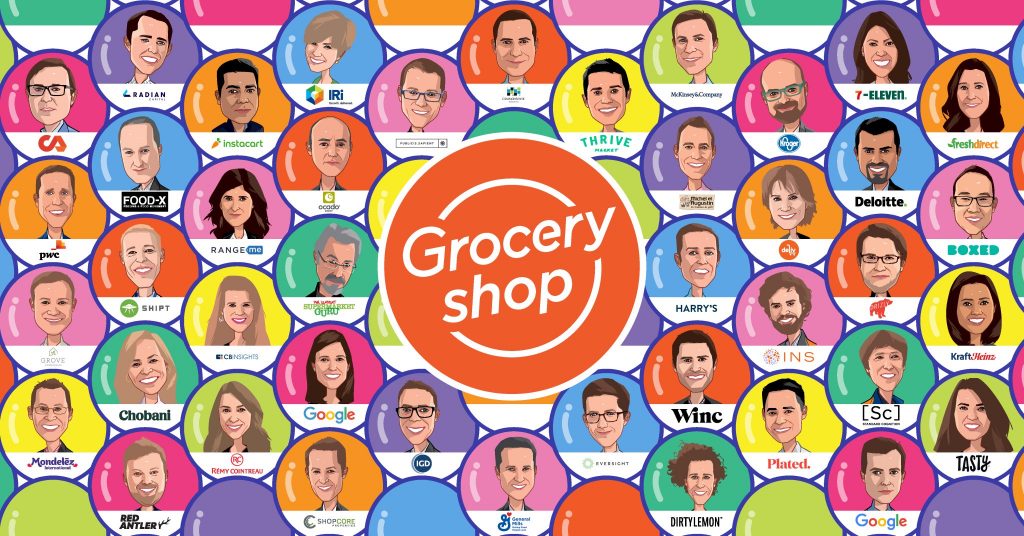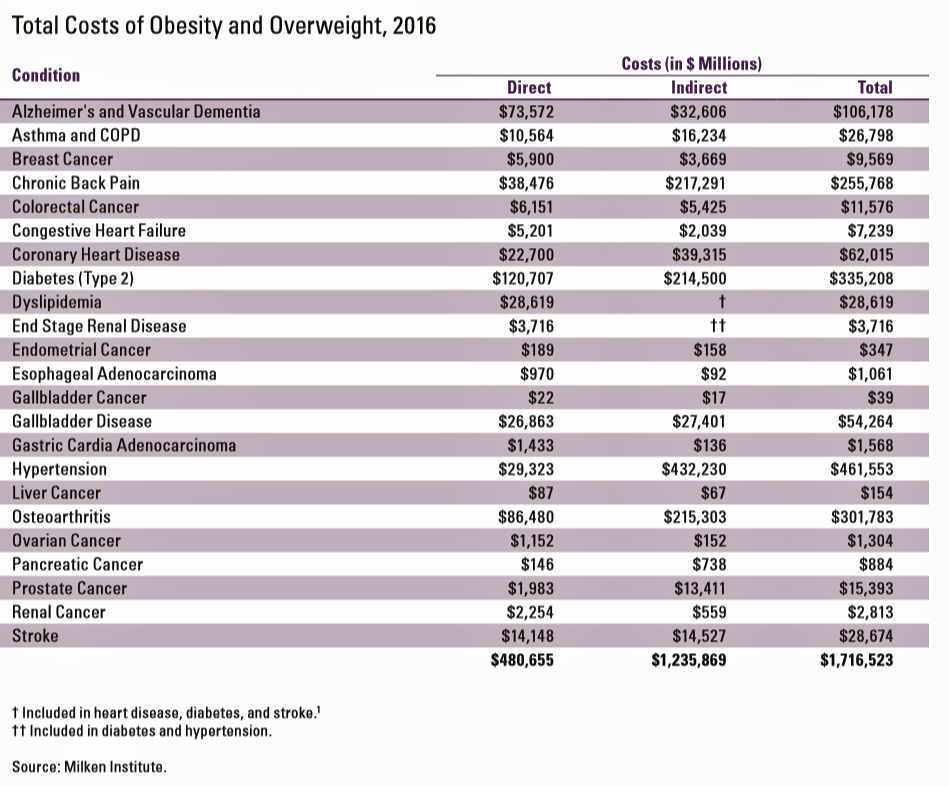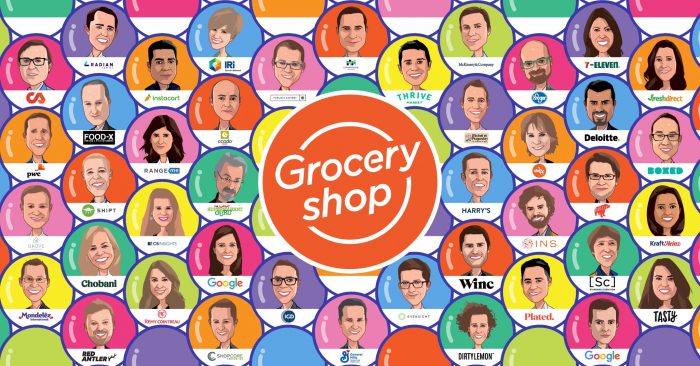Eat food, not too much, mostly plants, Michael Pollan advised us on the cover of his breakthrough book on nutrition in America, In Defense of Food. In Las Vegas, it’s not too easy to live and eat according to Pollan’s Food Rules.
We’re at a fork in the road when it comes to food, retail grocery shopping, and health, which is an intersection I’m increasingly working in these days. The Groceryshop conference is further informing my understanding of the landscape of the technology that’s enabling the consumer’s ability to curate, purchase, and receive the food they want to satisfy hunger and health.
 I frequently go to Las Vegas for CES (each January, the world’s largest consumer electronics meet-up) and HIMSS (the annual health IT conference). This year, Groceryshop launched at the ARIA in Vegas, featuring the latest in retail technology especially focused on how retailers organize, distribute, market, sell and increasingly deliver food directly-to-consumers.
I frequently go to Las Vegas for CES (each January, the world’s largest consumer electronics meet-up) and HIMSS (the annual health IT conference). This year, Groceryshop launched at the ARIA in Vegas, featuring the latest in retail technology especially focused on how retailers organize, distribute, market, sell and increasingly deliver food directly-to-consumers.
I’ve got my trend weaving lens on the conference, seeking out consumer-facing trends for food@retail that can support people in their daily quest for healthy living and disease management.
Groceryshop has convened over 2,000 stakeholders in the industry, from enterprise-wide technology solution providers that are managing very Big Data (with AI behind it), to niche vendors building way-finding tech that can help shoppers through Big Box stores to locate products in the center of the store.
Here are three key themes supporting the food-for-health mission featured at Groceryshop 2018…
- The health-and-wellness consumer is truly mainstream when it comes to grocery shopping. Folks from Soylent, The Future Market, Freshly and others addressed how to reach health-conscious consumers
- Grocery shopping is part of peoples’ lifestyles, and consumers are shopping with health and personal missions in mind.
- That mission for good food extends to food safety and supply chain transparency, with Microsoft, RxBar, and Walmart discussing this at the meeting.
 Health Populi’s Hot Points: The larger context for Groceryshop through my lens as a health economist is that people are seeking health from their personal places and life goals — whether patients, younger consumers, caregivers, or fitness fanatics. Important discussions at Groceryshop that translate to health were hyper-personalization, streamlining time-and-space, cost and value. These all feature highly in health consumers’ priorities as well as the collective consumer grocery store shopping ethos.
Health Populi’s Hot Points: The larger context for Groceryshop through my lens as a health economist is that people are seeking health from their personal places and life goals — whether patients, younger consumers, caregivers, or fitness fanatics. Important discussions at Groceryshop that translate to health were hyper-personalization, streamlining time-and-space, cost and value. These all feature highly in health consumers’ priorities as well as the collective consumer grocery store shopping ethos.
The challenge of healthcare costs is also on my mind this week as the Milken Institute published their annual report on America’s Obesity Crisis, measuring the health and economic costs of excess weight in the U.S.
The total costs of obesity and overweight exceeded $1.7 trillion in 2016, the Milken team calculated, with the highest tallies attributable to Hypertension, Type 2 Diabetes, Osteoarthritis, Chronic Back Pain, and Alzheimer’s and Vascular Dementia.
Together, these top five cost categories accounted for $1.5 trillion of the total, the vast majority of costs; hypertension comprised over one-fourth of the total costs, and T2D, nearly 20% of the total costs of obesity and overweight conditions.
The Milken report coins this situation as a “Crisis” in the report’s title not to be catastrophizing, but to call out the economic challenge to the nation that excess weight among U.S. health citizens carry (literally).
The $1.7 trillion total cost of chronic diseases due to obesity and overweight equals 9.3% of the U.S. gross domestic product (GDP).
Simply put, America’s state of overweight represents nearly 10% of the national economy.
When we discuss the state of healthcare costs in America and how to reform the health system, the state of our food system, public transportation, education (literacy and fitness), are all components of public policy that must be addressed beyond how we finance health”care.”
 The underlying technologies that we see emerging at Groceryshop 2018 can help. Consider…
The underlying technologies that we see emerging at Groceryshop 2018 can help. Consider…
- The ability to distribute fresh and healthy food via Ocado and Amazon to people living in food deserts.
- Kraft’s recipe-curation that could be customized based on health and medical goals (inspired by the third graphic here from the Kraft presentation at Grocershop). Nina Barton, President-Global Growth at Kraft Heinz, talked about the company’s role as a “strategic curator of food” on behalf of the consumer.
- ThriveMarket’s, Kroger’s, Albertson’s, and other grocers’ commitments to health and wellness throughout the bricks-and-mortar store.
- The growth of omnichannel touchpoints for health consumers where people could bundle healthy grocery carts in convenient, personalized ways.
The private sector players, from food manufacturers to technology developers and retailers, are organizing for health and wellness. I continue to appreciate this as I work cross-silo across these companies.
Will public sector policymakers respond to bolster America’s social determinants of health, baking health and wellness into all policies?
I’m speaking this Saturday 3rd November at the Ninth Annual Obesity Conference in Philadelphia on the topic of consumers going mobile and digital for health. Digital technologies are empowering consumers to be healthier grocery shoppers both both self-health care and for managing chronic conditions like heart disease and diabetes. The most engaged health consumers have begun to take advantage of these technologies, and a supply-side of healthier food products. But this hopeful health-future is clearly not yet evenly distributed, as we soberly consider the Milken Institute data.





 I am so grateful to Tom Lawry for asking me to pen the foreword for his book, Health Care Nation,
I am so grateful to Tom Lawry for asking me to pen the foreword for his book, Health Care Nation,  I love sharing perspectives on what's shaping the future of health care, and appreciate the opportunity to be collaborating once again with Duke Corporate Education and a global client on 6th May. We'll be addressing some key pillars to consider in scenario planning such as growing consumerism in health care, technology (from AI to telehealth), climate change, and trust -- the key enabler for health engagement or dis-engagement and mis-information. I'm grateful to be affiliated with the corporate education provider
I love sharing perspectives on what's shaping the future of health care, and appreciate the opportunity to be collaborating once again with Duke Corporate Education and a global client on 6th May. We'll be addressing some key pillars to consider in scenario planning such as growing consumerism in health care, technology (from AI to telehealth), climate change, and trust -- the key enabler for health engagement or dis-engagement and mis-information. I'm grateful to be affiliated with the corporate education provider  Thank you FeedSpot for
Thank you FeedSpot for